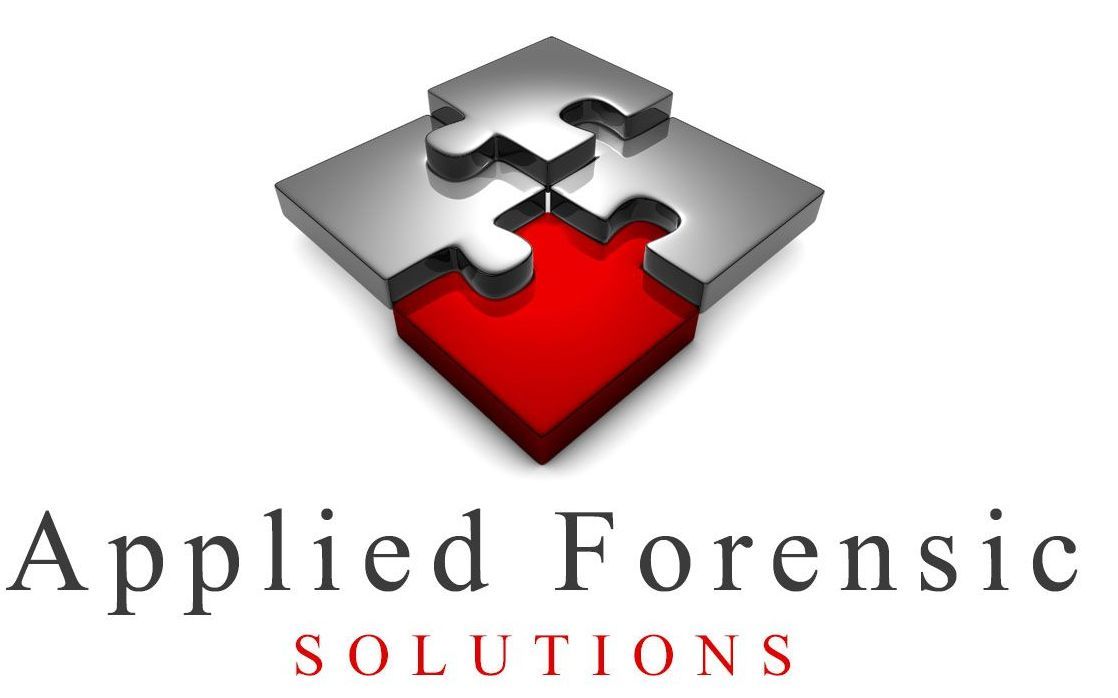Crime Scene Analysis/
Reconstruction
Understanding Crime Scene Analysis
Crime scene analysis is the systematic examination and interpretation of physical evidence at the scene of a crime to reconstruct events and establish key facts. This comprehensive process involves meticulous documentation, collection, and analysis of various types of evidence, including fingerprints, DNA, fibers, and impressions such as footprints and tire tracks.
Crime scene analysts employ an array of specialized techniques and tools to uncover crucial clues, identify potential suspects, and piece together the sequence of events leading up to and following the crime. By thoroughly analyzing the crime scene, these experts can provide invaluable insights that aid in solving cases and supporting legal proceedings.
Crime Scene Reconstruction
Crime scene reconstruction is the meticulous process of analyzing evidence to recreate the events leading up to and following a crime. Experts carefully examine physical evidence, such as DNA, fingerprints, and bloodstains, to piece together the sequence of events. Through this detailed reconstruction, investigators gain valuable insights into the motive, identify the perpetrator, and uncover potential witnesses. This forensic technique is essential for solving complex cases and bringing perpetrators to justice.
Bloodstain Pattern Analysis
Bloodstain pattern analysis is a forensic science discipline that interprets the shapes, sizes, distribution, and patterns of bloodstains found at crime scenes. By analyzing these patterns, trained analysts can deduce critical information about the nature of the crime, the movements of those involved, and the potential weapon used. Techniques in this field help determine the direction of blood spatter, estimate the angle of impact, and identify the point of origin of bloodstains, providing invaluable insights for criminal investigations.
Shooting Reconstruction
Shooting reconstruction involves analyzing ballistic evidence, bullet trajectories, and firearm characteristics to piece together shooting incidents. By examining factors such as bullet impact patterns and gunshot residue, experts can determine the sequence of events and the positions of individuals involved. This forensic analysis provides crucial insights into the circumstances of the shooting, helps identify suspects, and delivers essential evidence for legal proceedings.
Accident Reconstruction
Accident reconstruction uses forensic techniques to analyze evidence such as skid marks, vehicle damage, and witness testimonies to recreate the events leading to accidents. By studying factors like speed, road conditions, and vehicle dynamics, experts determine the cause and sequence of events. This helps insurance companies, law enforcement, and courts understand liability, improve safety measures, and bring closure to affected parties.
This website has been built to be accessible for all users. If you experience any difficulty in accessing this website, please contact us for assistance.


